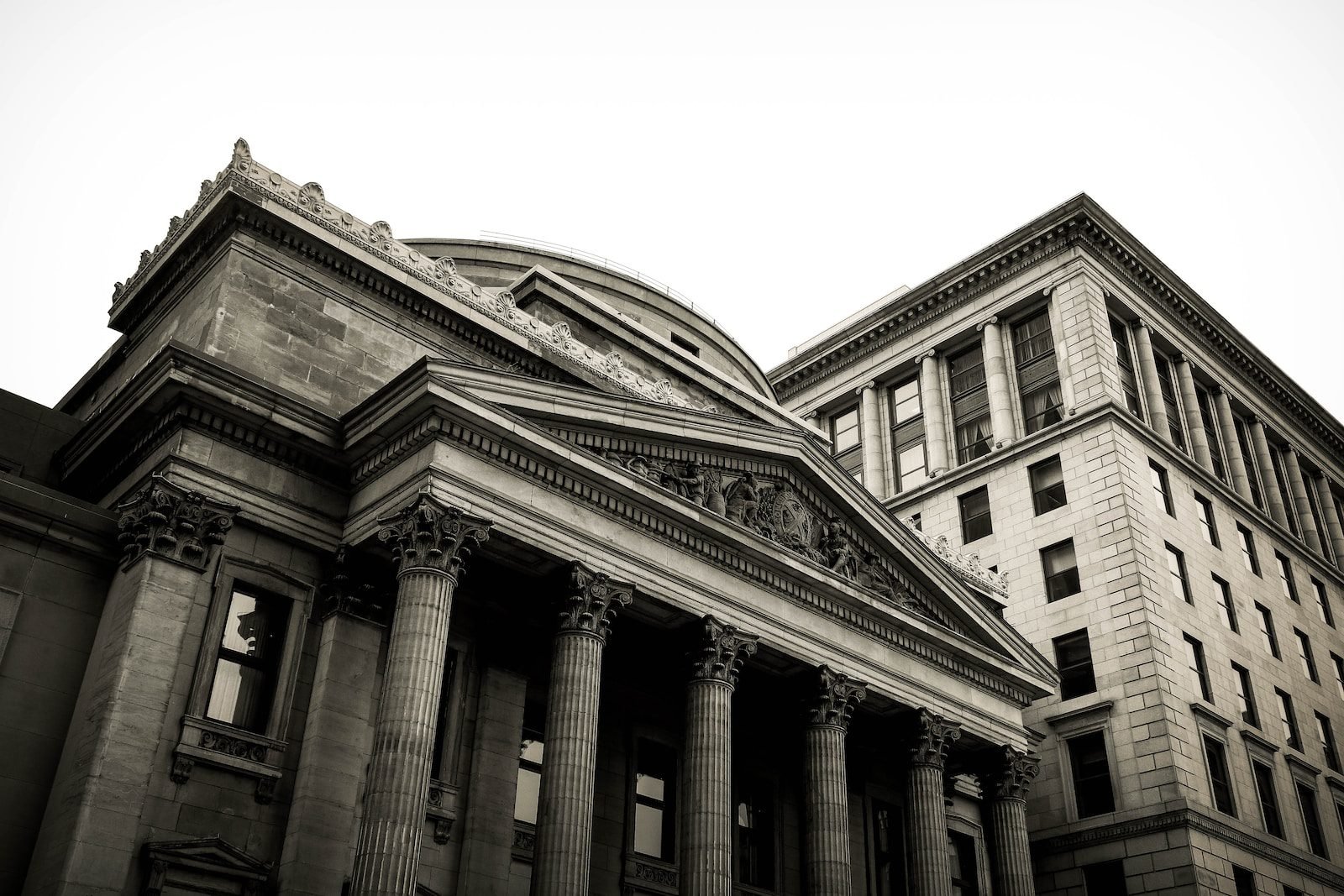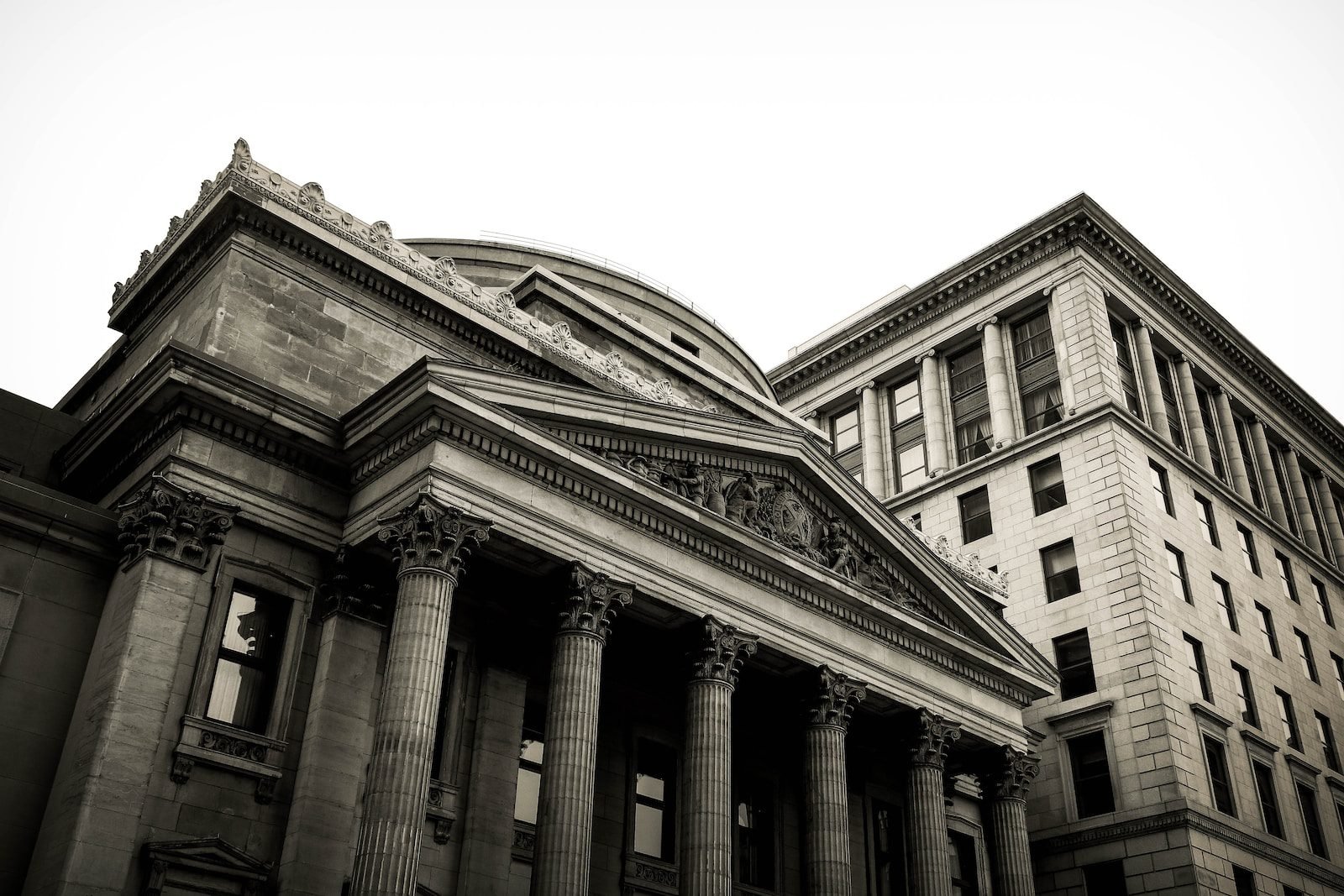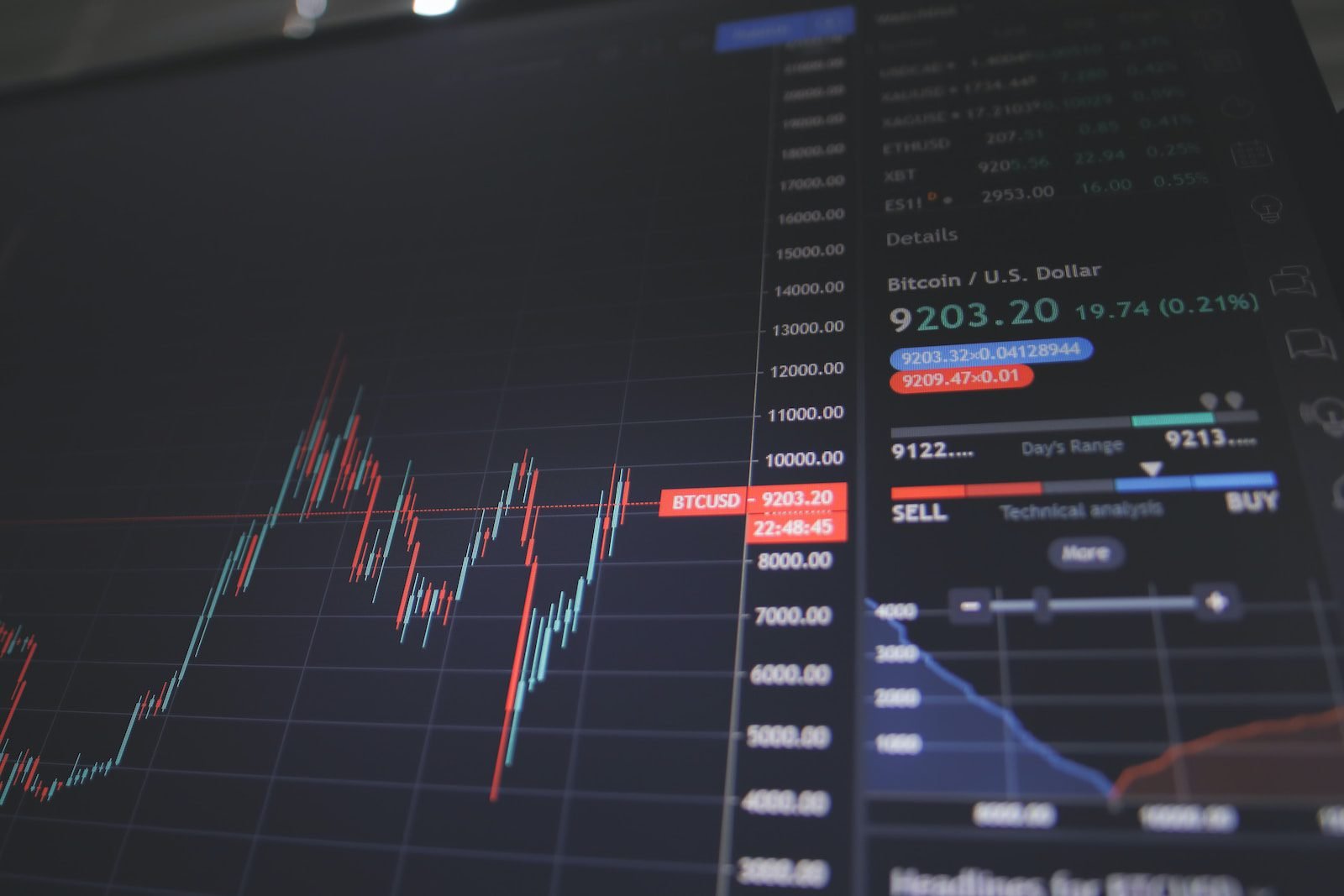Given that the US Federal Reserve has signalled that it will keep raising rates, global interest rates are expected to remain higher for a longer period of time. Although pausing rate increases, the Reserve Bank of India (RBI) stressed last week that it will continue its “fight against inflation”. The foundation of monetary policy is the idea that rising interest rates hinder credit growth. But over the past 20 years, periods of increased bank credit have paradoxically frequently coincided with India’s monetary policy becoming tighter.
This odd tendency is most likely explained by two factors: the lag effect of monetary policy, and the fact that rates are frequently raised specifically to quell inflationary pressures brought on by frothy expansion in GDP and credit. The 2004–2008 credit boom was not tamed by progressive tightening. Despite interest rates being swiftly increased back to pre-crisis levels in 2009, bank credit quickly recovered after the global financial crisis. As many credit expansion periods have occurred during monetary easing as during tightening.
Yet, India has not experienced a policy tightening cycle this sharp since 2000. Additionally, it is entirely loaded onto the repo rate as opposed to being split between interest rate increases and other tools of policy like the cash reserve ratio and statutory liquidity ratio. Also, it comes after the epidemic and the war in Ukraine, two global socioeconomic shocks. Several factors that affect the supply and demand for credit will determine whether bank credit can expand strongly in this environment.
Deposit Movement
For banks to expand credit, deposits are required. Depositors are enticed to move their money to assets with better yields when interest rates rise. Because they were historically seen as secure financial assets, bank deposits had a minimal flight risk. Individual deposits, which are more “sticky,” made up 53% of bank deposits in March 2022; the majority of them were term deposits of more than a year, which are frequently kept to maturity.
But, in a world where information is shared quickly and mobile banking is common, deposits cannot be taken for granted. Deposit growth has been more robust at private sector banks, which provide higher rates, which may indicate that depositors are becoming more rate-sensitive. Bank deposits are favoured by the elimination of the capital gains tax benefit on debt investments, but the opposite is true when small savings rates are raised. Banks may not have an option but to hike deposit rates in the current inflationary environment if they want to draw family deposits.
Credit Is Needed
Increased rates deter borrowers from taking out new loans and increase loan defaults. These things taken together can reduce the need for loans. Yet right now, the situation is just the reverse. Among all demographic groups, states, loan kinds, and industry sectors, bank credit is expanding broadly. From 2010–11 and 2018–19, the sectoral deployment of credit has not increased at this rate (when the increase was much lower). More lending is also favoured by a drop in bad loans and the Budget’s emphasis on infrastructure spending.
But, there are two issues that must be resolved. First, it’s dangerous for banks to have more exposure to consumer loans. The likelihood of slippages in asset quality has increased due to a modest increase in the stressed assets ratio for personal loans from 2.1 in March 2020 to 2.8 in September 2022 (NPAs plus restructured advances to total advances). Second, although industrial lending is still tepid, bank credit to industry has a higher multiplier effect on economic growth than retail credit.
Rate increases have opposite effects on banks: while interest income from loans increases, the market value of bond assets decreases. A bank that invests in long-term fixed-rate assets while holding demand-payable deposits is said to have a “maturity mismatch,” as was evident during Silicon Valley Bank’s bankruptcy. The third type of maturity mismatch is when a bank retains longer-term deposits but only makes short-term loans, which results in a loss of interest income. According to a research by the RBI, banks had a significant amount of short-term deposits and a substantial amount of longer-term assets in 2021–2022. It is typical. Yet the events of 2022–2023 might have altered the composition. The incremental credit-to-deposit ratio has increased despite increasing interest rates, although deposit growth is still sluggish. Long-term investments have increased as well. Banks could be susceptible to a maturity mismatch if the liabilities side doesn’t pick up, especially through low-cost deposits.
The author is a freelance writer who specialises in finance and economics.





